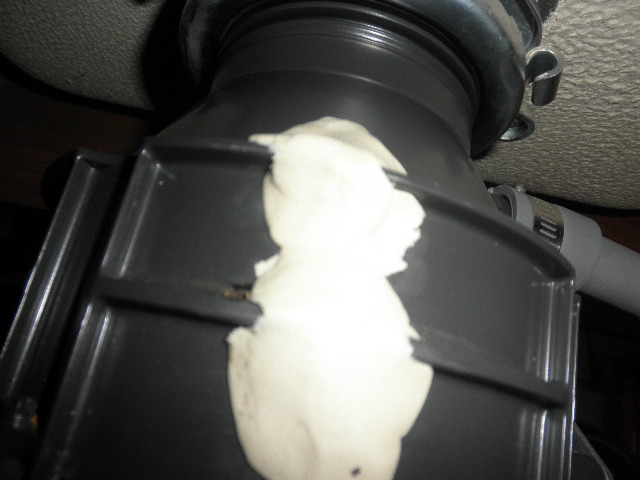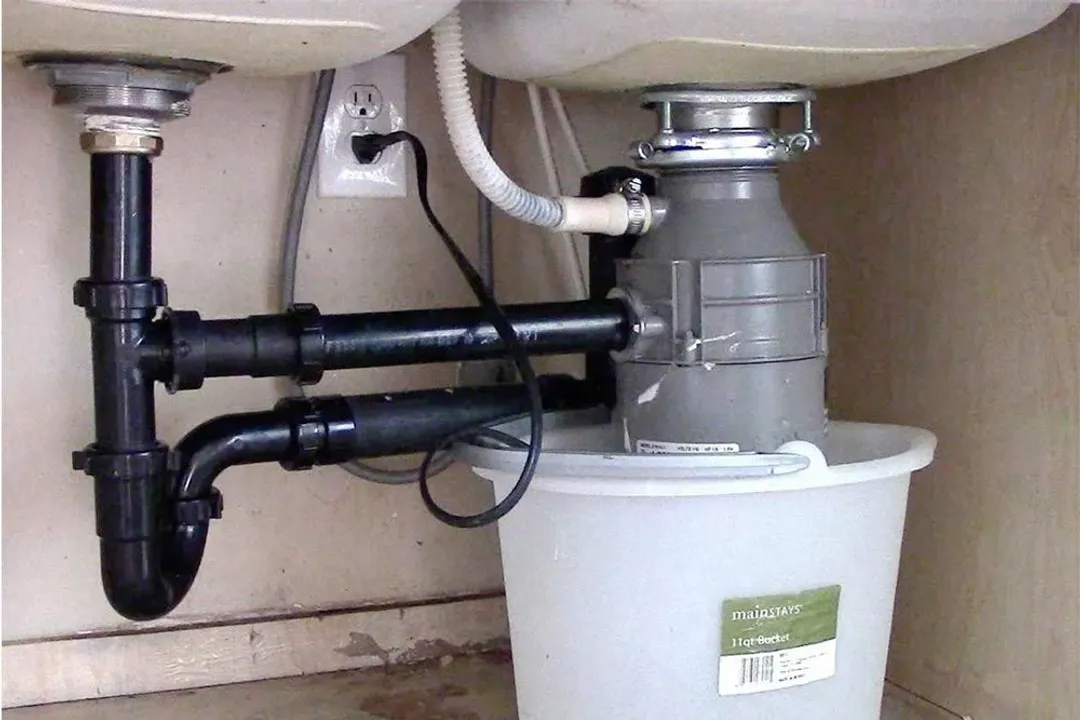Handy Methods for Fixing a Dripping Garbage Disposal
Handy Methods for Fixing a Dripping Garbage Disposal
Blog Article
We have discovered the article relating to Tips on Fixing a Leaking Garbage Disposal below on the web and thought it made good sense to discuss it with you over here.

Garbage disposals are necessary kitchen area devices that aid in disposing of food waste effectively. Nonetheless, a dripping waste disposal unit can be a frustrating and unpleasant trouble to deal with. Fortunately, numerous leakages can be repaired easily with a couple of basic steps. In this short article, we will review exactly how to take care of a leaking garbage disposal properly.
Introduction
Waste disposal unit are installed under kitchen area sinks and are developed to shred food waste right into smaller pieces, allowing it to go through the plumbing system easily. While these gadgets are typically reliable, leakages can occur over time because of wear and tear, loose connections, or damage to the system.
Step-by-Step Guide to Repairing a Leaking Garbage Disposal
Turn Off the Power
Before trying any kind of repair services, ensure that the power to the waste disposal unit unit is switched off to prevent the danger of electrical shock.
Situate the Leakage
Recognize the precise area of the leakage and identify the cause
Tighten Links
Utilize a wrench to tighten up any type of loosened connections between the disposal unit and the pipes system.
Replace Seals or Gaskets
If the leak is due to used seals or gaskets, get rid of the old components and change them with new ones.
Patching Splits or Holes
For splits or openings in the disposal device, use epoxy or an appropriate patching product to seal the broken location.
Determining the Source of the Leak
Before attempting to repair a leaking waste disposal unit, it is essential to identify the resource of the leakage. This can usually be done with visual assessment or by performing straightforward examinations.
Visual Inspection
Inspect the garbage disposal system carefully for any signs of water leak. Pay attention to locations around seals, gaskets, and link points.
Examining for Leakages
One method to test for leakages is by running water via the disposal unit and looking for any type of noticeable indications of leak.
Usual Reasons For Leaks in Trash Disposals
Worn Seals and Gaskets
Seals and gaskets play a critical duty in preventing water from leaking out of the garbage disposal. In time, these parts can wear away, bring about leaks around the disposal device.
Loose Links
The connections between the garbage disposal and the plumbing system can become loosened over time, triggering water to leakage out throughout procedure.
Cracks or Holes in the Disposal Unit
Physical damages to the waste disposal unit, such as cracks or openings in the housing, can likewise lead to leaks.
Tools and Products Needed for Dealing With a Dripping Waste Disposal Unit
Before starting the fixing process, gather the essential devices and materials, consisting of a screwdriver, flexible wrench, plumbing technician's putty, substitute seals or gaskets, and epoxy or patching product for fixing fractures or holes.
Testing the Waste Disposal Unit After Fixing
When the repair service is full, examine the garbage disposal by running water through it to make certain that the leak has been dealt with.
Preventive Maintenance Tips to Stay Clear Of Future Leakages
To prevent future leaks, it is vital to execute normal upkeep on your garbage disposal. This consists of keeping it tidy, staying clear of putting non-food products or difficult things down the disposal, and periodically checking for leakages or other concerns.
Conclusion
Finally, fixing a dripping waste disposal unit is a fairly simple process that can be completed with standard devices and products. By following the actions laid out in this write-up and exercising precautionary upkeep, you can maintain your waste disposal unit in good working problem and prevent expensive repair work in the future.
HERE’S HOW TO FIX YOUR GARBAGE DISPOSAL
WHAT TO DO IF SOMETHING IS STUCK IN YOUR GARBAGE DISPOSAL
If the impeller won’t turn, there’s probably something stuck in the disposal. It could be a steak bone or peach pit, although plumbers report pulling all sorts of inappropriate objects out of disposals, such as bottle caps or aluminum foil. Make sure power to the disposal is off, and look inside to see if you can see the source of the jam.
Never stick your fingers in a disposal. Pull out anything you see with tongs or pliers.
If the disposal still won’t work, it may be time to call a plumber or consider buying a new disposal. GEM Plumbing & Heating is here for all of your garbage disposal needs.
WHAT TO DO IF YOUR GARBAGE DISPOSAL DRAIN IS CLOGGED
Take everything out from underneath your sink and put a bucket or other container under your disposal to catch any water that drains out. Disconnect your disposal from the power supply. If it’s plugged into a wall outlet, unplug it. If it’s hardwired into an electrical box, go to the electrical panel and turn off the breaker for the disposal. Pour ¼ cup of baking soda into the drain, followed by ½ cup of white vinegar. Give the solution a few minutes to fizz and do its work. Look into the disposal with a flashlight to see if you can see an object that might be causing the clog. If you see it, remove it using tongs or pliers. MORE TIPS ON DEALING WITH A CLOGGED GARBAGE DISPOSAL
Never use drain cleaner in a garbage disposal. It can damage the plastic parts inside the disposal. You can also be splashed with the caustic liquid while working to clear the clog. Beware! Never stick your fingers into a garbage disposal. Trust us — not a good idea. In many instances, your dishwasher drains through your garbage disposal. This allows the disposal to grind any large food particles that may be drained out of your dishwasher. There are some jurisdictions, however, where the plumbing code prohibits such a connection. WHAT TO DO WHEN YOUR DISHWASHER DRAINS THROUGH THE DISPOSAL
Run some water in the sink so your plunger has at least a ½-inch of water to create a seal and plunge vigorously up and down several times. You may need to repeat this several times. Run hot water down the drain to clear any residue that remains.

Do you like reading about Why Is ? Try to leave feedback down the page. We will be delighted to listen to your responses about this blog posting. Hoping that you visit us again later on. Feel free to take the time to share this entry if you appreciated it. Thanks a lot for your time. Visit again soon.
Book Now Report this page